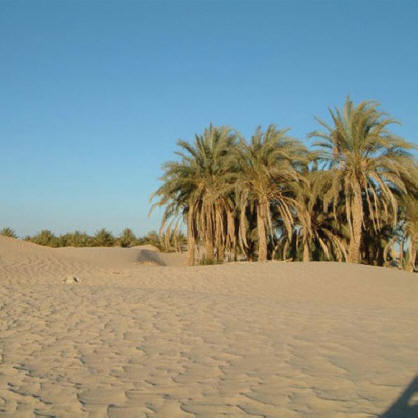A conference on climate change adaptation and indigenous knowledge on water resources held in Yazd Province concludes today.
The three-day event is organized by International Center on Qanats and Historic Hydraulic Structures in collaboration with UNESCO Tehran Cluster Office, Yazd Regional Water Authority and Yazd University. It is attended by experts from Iran, Germany, Switzerland, France, Kenya and Pakistan.
“The conference is aimed at finding sustainable solutions to prevent or minimize the adverse effects of climate change in the region,, drawing on the capacities of indigenous and traditional know-how,” Hossein Ghafouri, director of the center, told IRNA.
Technological adaptation, social and management aspects, innovations and plans, human ecology and cultural landscapes, and traditional irrigation are among the topics to be discussed in five specialized sessions.
A final meeting will be held to sum up and prepare a report.
Yazd is the driest city of Iran, with a yearly precipitation of 49 millimeters and only 23 days of rainfall. It is among the most vulnerable regions to climate change. Groundwater is the primary source of water in Yazd, which is declining by 50 centimeters annually.
Due to its desert climate and water scarcity, residents of Yazd have developed clever methods of water management throughout history and their indigenous know-how has huge capacities for present-day water projects.
Climate change is a change in global or regional climate patterns that last for an extended period of time.
Extreme atmospheric changes such as sudden rainfall, strong storms, drought and temperature rise are among the effects of climate change that have been occurring in Iran for several years.
Snowfall in southern and central warm cities after half a century, heavy snowfall in northern provinces and extreme cold and hailstorm in spring after the trees begin to blossom are common examples of changes observed in Iran’s climatic patterns.


